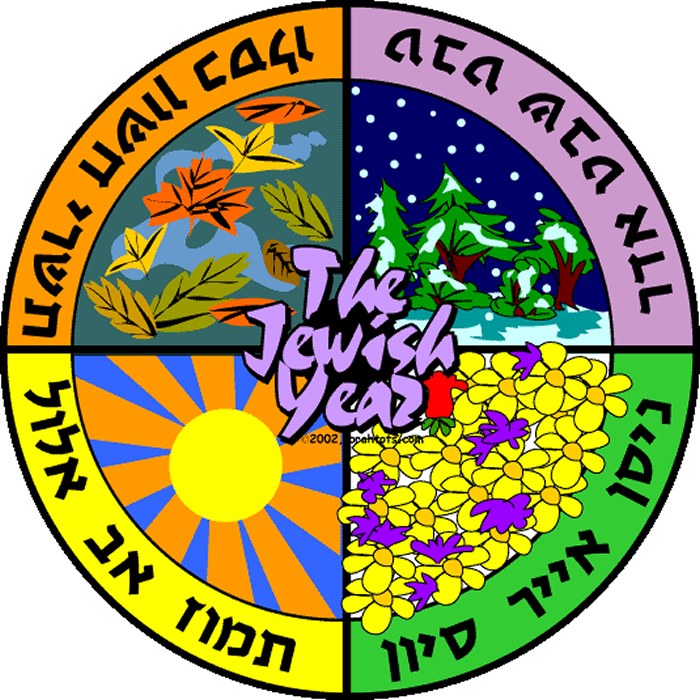When was Jesus born? Could it have been during the Feast of Tabernacles? This exploration is detailed but thought-provoking for those interested in biblical chronology. Much of this information is drawn from Messiah: Understanding His Life and Teachings in Hebraic Context, Volume 2 by Avi Ben Mordechai.
Textual evidence suggests Jesus was born around Tishri 15, the start of the Feast of Sukkot. Below is a timeline of key events:
Timeline
- John the Baptist Conceived: Mid to late June
- Jesus Conceived: Mid to late December (around Hanukkah, six months after John)
- John Born: Passover (mid to late March)
- Jesus Born: Sukkot (mid to late September)
Scriptural and Historical Evidence
Zechariah and the Priestly Order
Zechariah, a priest of the division of Abijah, was serving in the Temple when the angel Gabriel announced that he and his wife Elizabeth would have a son, John, who would come in the spirit of Elijah (Luke 1:5–17). This passage provides a critical clue: Zechariah belonged to the priestly division of Abijah.
According to 1 Chronicles 24:3–19, the priesthood was divided into 24 divisions, with Abijah as the eighth (1 Chronicles 24:10). Each division served in the Temple for two weeks per year, not necessarily consecutively, starting from the first Sabbath of Nisan (roughly March/April), about two weeks before Passover. Additionally, all priests served during the three major feasts: Unleavened Bread, Pentecost, and Tabernacles.
For Zechariah’s division, the eighth in order, the service would occur approximately 10 weeks after the start of Nisan (8 weeks for the prior divisions, plus 1 week for Unleavened Bread and 1 week for Pentecost). This places Zechariah’s service in mid to late June, when John the Baptist was likely conceived.
Luke 1:5–17 (NIV)
The Birth of John the Baptist Foretold
In the time of Herod king of Judea, there was a priest named Zechariah, who belonged to the priestly division of Abijah; his wife Elizabeth was also a descendant of Aaron. Both were righteous in the sight of God, observing all the Lord’s commands and decrees blamelessly. But they were childless because Elizabeth was unable to conceive, and they were both very old. Once, when Zechariah’s division was on duty and he was serving as priest before God, he was chosen by lot, according to the custom of the priesthood, to go into the temple of the Lord and burn incense. When the time for the burning of incense came, all the assembled worshipers were praying outside. Then an angel of the Lord appeared to him, standing at the right side of the altar of incense. When Zechariah saw him, he was startled and gripped with fear. But the angel said to him: “Do not be afraid, Zechariah; your prayer has been heard. Your wife Elizabeth will bear you a son, and you are to call him John. He will be a joy and delight to you, and many will rejoice because of his birth, for he will be great in the sight of the Lord. He is never to take wine or other fermented drink, and he will be filled with the Holy Spirit even before he is born. He will bring back many of the people of Israel to the Lord their God. And he will go on before the Lord, in the spirit and power of Elijah, to turn the hearts of the parents to their children and the disobedient to the wisdom of the righteous—to make ready a people prepared for the Lord.”
John the Baptist’s Birth
Assuming a nine-month gestation from mid to late June, John’s birth would fall around mid to late March, coinciding with Passover. The prophet Elijah is closely associated with Passover, as Jewish tradition anticipates his return by setting a place for him at the Seder meal. Since John came in the spirit of Elijah (Matthew 11:10–14), this supports the idea that he was born during the Passover season.
Jesus’ Conception and Birth
Luke 1:36 indicates that in the sixth month of Elizabeth’s pregnancy, the angel Gabriel announced to Mary that she would conceive Jesus. Adding six months to John’s conception (mid to late June) places Jesus’ conception in mid to late December, around Hanukkah. A nine-month gestation from December points to Jesus’ birth in mid to late September, during the month of Tishri, which aligns with the Feast of Sukkot.
The Feast of Tabernacles
The Feast of Tabernacles (Sukkot) occurs in Tishri and commemorates the Israelites’ dwelling in temporary shelters (sukkahs) during their wilderness journey. This feast is significant in the context of Jesus’ birth. The Apostle John describes Jesus’ incarnation as “dwelling” or “tabernacling” among us (John 1:14), and His name, Emmanuel, means “God with us.” Some scholars suggest that the “manger” in the nativity story could refer to a sukkah, a temporary booth used during Sukkot. The feast is also a time of joy, mirroring the angelic announcement of “good news of great joy” at Jesus’ birth (Luke 2:10).
Additionally, the presence of shepherds in the fields at the time of Jesus’ birth (Luke 2:8) supports a September date. Shepherds were unlikely to be in the fields overnight during the colder winter months, making a winter birth less plausible.
Conclusion
By tracing the priestly service of Zechariah, the conception and birth of John the Baptist, and the six-month gap to Jesus’ conception, the evidence points to Jesus’ birth occurring during the Feast of Sukkot in Tishri. This alignment with Sukkot carries theological significance, connecting Jesus’ incarnation to the themes of God dwelling with His people and the joy of His arrival.
© 2025 B Arnold Stein

Leave a Reply